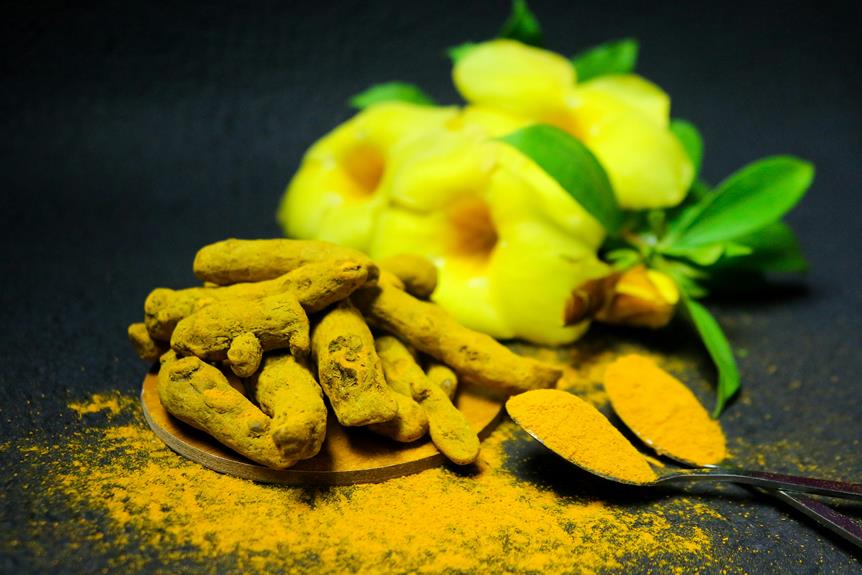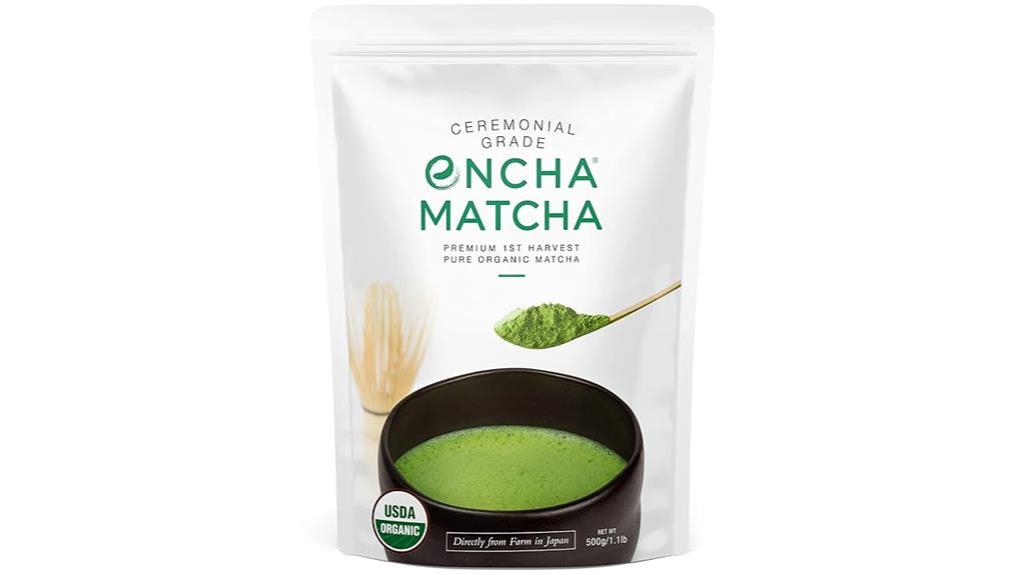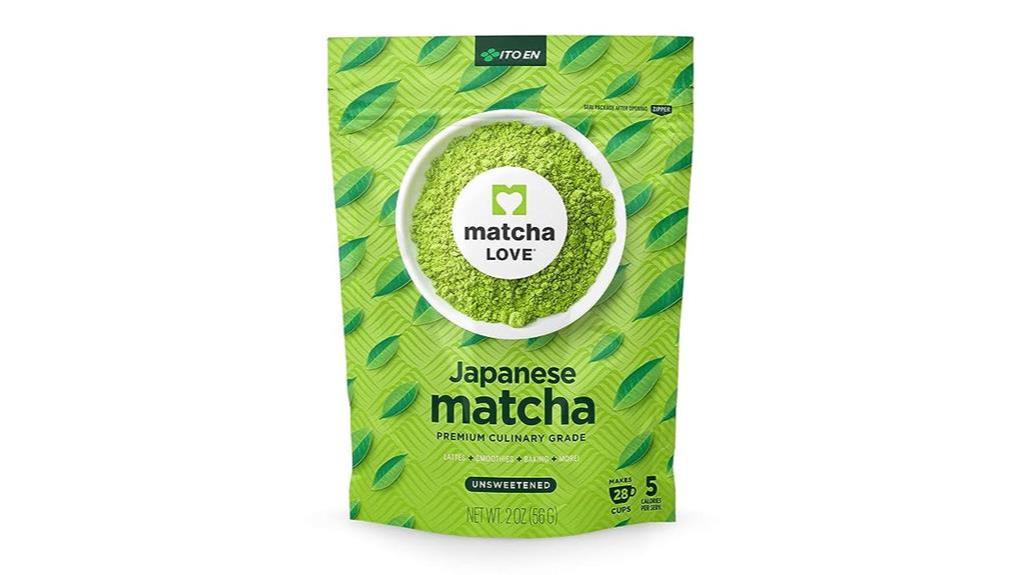Matcha, a vibrant green powder with roots in ancient Japanese tradition, has taken the health and wellness world by storm. But what is matcha, exactly? This comprehensive guide will explore the origins, benefits, and versatile uses of this powerful superfood, revealing why it’s become a must-have ingredient for health enthusiasts and culinary adventurers alike.
The Origins of Matcha: A Journey from China to Japan
To truly understand what is matcha, we must first delve into its fascinating history. The story of matcha begins in ancient China, where the practice of grinding
In the 12th century, a Japanese Zen priest named Eisai introduced
As the influence of matcha spread, it caught the attention of the samurai class. These disciplined warriors elevated the simple act of drinking
Over centuries, Japanese farmers and
What Is Matcha: Understanding Its Unique Properties
So, what is matcha that makes it so special?
At its core, matcha is a finely ground powder made from specially grown and processed green
The key to matcha’s unique properties lies in its cultivation and processing:
1. Shade-growing: About 20-30 days before harvest,
2. Hand-picking: Only the youngest, most tender leaves are selected for matcha production.
3. Steaming: Immediately after harvesting, the leaves are briefly steamed to prevent oxidation and preserve their vibrant green color.
4. Drying and de-stemming: The leaves are dried and have their stems and veins removed.
5. Stone-grinding: Finally, the leaves are ground into an ultra-fine powder using traditional stone mills.
This meticulous process results in a powder that’s vibrant green in color, rich in nutrients, and possesses a unique flavor profile that’s both sweet and umami.
Matcha vs. Green Tea : A Nutritional Powerhouse
When exploring what is matcha, it’s essential to understand how it differs from regular green
Here’s how matcha stacks up against regular green
1. Antioxidant content: Matcha contains up to 137 times more antioxidants than regular green
2. Caffeine: A cup of matcha provides about 70mg of caffeine, compared to 35mg in regular green
3. L-theanine: Matcha contains up to 5 times more L-theanine, an amino acid that promotes relaxation without drowsiness.
4. Chlorophyll: The shade-growing process results in higher chlorophyll content, giving matcha its vibrant green color and detoxifying properties.
5. Flavor profile: Matcha has a richer, more complex flavor with notes of umami, sweetness, and a slight astringency.
Understanding these differences is crucial in appreciating what is matcha and why it’s gained such popularity among health-conscious individuals.
The 7 Surprising Health Benefits of Matcha
Now that we’ve explored what is matcha and how it differs from regular green
1. Powerful antioxidant boost: Matcha is rich in catechins, particularly EGCG, which help protect cells from damage caused by free radicals.
2. Enhanced cognitive function: The combination of caffeine and L-theanine in matcha provides a balanced energy boost and improved mental clarity.
3. Potential cancer-fighting properties: Studies suggest that the high concentration of antioxidants in matcha may help prevent the growth and spread of cancer cells.
4. Heart health support: Regular consumption of matcha may help lower bad cholesterol levels and reduce the risk of heart disease.
5. Weight management aid: The compounds in matcha can boost metabolism and increase fat burning, supporting weight loss efforts.
6. Liver protection: Matcha’s antioxidants may help protect the liver from damage and improve its function.
7. Skin health improvement: The antioxidants and anti-inflammatory properties of matcha can contribute to healthier, more radiant skin.
These benefits highlight why understanding what is matcha is crucial for anyone looking to improve their overall health and well-being.
How to Prepare the Perfect Cup of Matcha
Now that you know what is matcha and its benefits, it’s time to learn how to prepare it properly. The traditional Japanese method involves a few simple steps:
1. Sift 1-2 teaspoons of matcha powder into a wide, shallow bowl (chawan).
2. Add about 2 ounces of hot water (175°F/80°C).
3. Using a bamboo whisk (chasen), whisk the mixture in a W-shaped motion until it becomes frothy.
4. Enjoy your matcha immediately for the best flavor and texture.
Remember, the quality of your matcha and the water temperature are crucial factors in achieving the perfect cup. Experiment with different grades of matcha and preparation methods to find your ideal balance.
Culinary Adventures: Matcha Beyond the Tea Bowl
Understanding what is matcha opens up a world of culinary possibilities. This versatile ingredient can be incorporated into a wide range of dishes, both sweet and savory:
1. Baked goods: Add matcha to cookies, cakes, and muffins for a unique flavor and color.
2. Smoothies and lattes: Blend matcha into your favorite smoothie or create a creamy matcha latte.
3. Ice cream and frozen treats: Matcha pairs wonderfully with dairy to create refreshing desserts.
4. Savory dishes: Use matcha as a seasoning for soups, sauces, and even as a rub for meats.
5. Energy balls and bars: Incorporate matcha into homemade energy snacks for a natural boost.
The possibilities are endless when it comes to cooking with matcha. Don’t be afraid to experiment and discover new ways to enjoy this versatile ingredient.
Choosing the Right Matcha: Quality Matters
When it comes to understanding what is matcha, quality is a crucial factor. Not all matcha powders are created equal, and the grade you choose can significantly impact your experience. Here are the main grades of matcha:
1. Ceremonial grade: The highest quality, used in traditional
2. Premium grade: High-quality matcha suitable for daily consumption and culinary use.
3. Culinary grade: Less expensive and more robust in flavor, ideal for cooking and baking.
When selecting matcha, look for vibrant green color, fine texture, and a fresh, grassy aroma. Avoid dull green or brownish powders, as these indicate lower quality or older matcha.
The Environmental Impact of Matcha Production
As we explore what is matcha, it’s important to consider its environmental impact. The traditional shade-growing method used in matcha production is inherently more sustainable than many other
1. Reduced pesticide use: The shade cloth protects plants from pests, reducing the need for chemical pesticides.
2. Soil conservation: The shade-growing process helps prevent soil erosion and maintains soil health.
3. Biodiversity support: The
However, the increasing global demand for matcha has led to some concerns about sustainable production. When purchasing matcha, look for brands that prioritize sustainable and ethical farming practices.
Matcha in Modern Wellness Culture
Understanding what is matcha goes beyond its traditional roots; it’s also about recognizing its place in modern wellness culture. Matcha has become a symbol of mindfulness and health-conscious living, appearing in trendy cafes, wellness retreats, and social media feeds worldwide.
This popularity has led to innovative uses of matcha in beauty products, supplements, and even clothing dyes. While some of these applications may seem far removed from matcha’s traditional use, they speak to the versatility and enduring appeal of this remarkable green powder.
Conclusion: Embracing the Matcha Lifestyle
In conclusion, understanding what is matcha opens up a world of health benefits, culinary possibilities, and cultural experiences. From its rich history and meticulous production process to its impressive nutritional profile and versatile applications, matcha offers something for everyone.
Whether you’re seeking a natural energy boost, looking to enhance your diet with powerful antioxidants, or simply curious about this vibrant green powder, incorporating matcha into your lifestyle can be a rewarding experience. Remember to choose high-quality matcha, experiment with different preparation methods, and enjoy the journey of discovering all that matcha has to offer.
By embracing matcha, you’re not just following a trend; you’re participating in a centuries-old tradition that continues to evolve and inspire. So go ahead, whisk up a bowl of matcha, and savor the unique flavors and benefits of this remarkable superfood.








Konnichiwa! (Hello!) I'm Pat Tokuyama, a Japanese tofu cookbook author, who travels for music, food, and adventure. If you like Japanese tea, checkout some of the newestorganic japanese tea, matcha bowls and noren and more!
** Curious about the Plant Based Japanese Cooking Club? ** Learn more here!